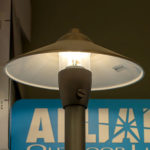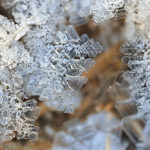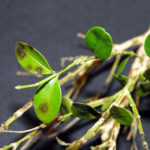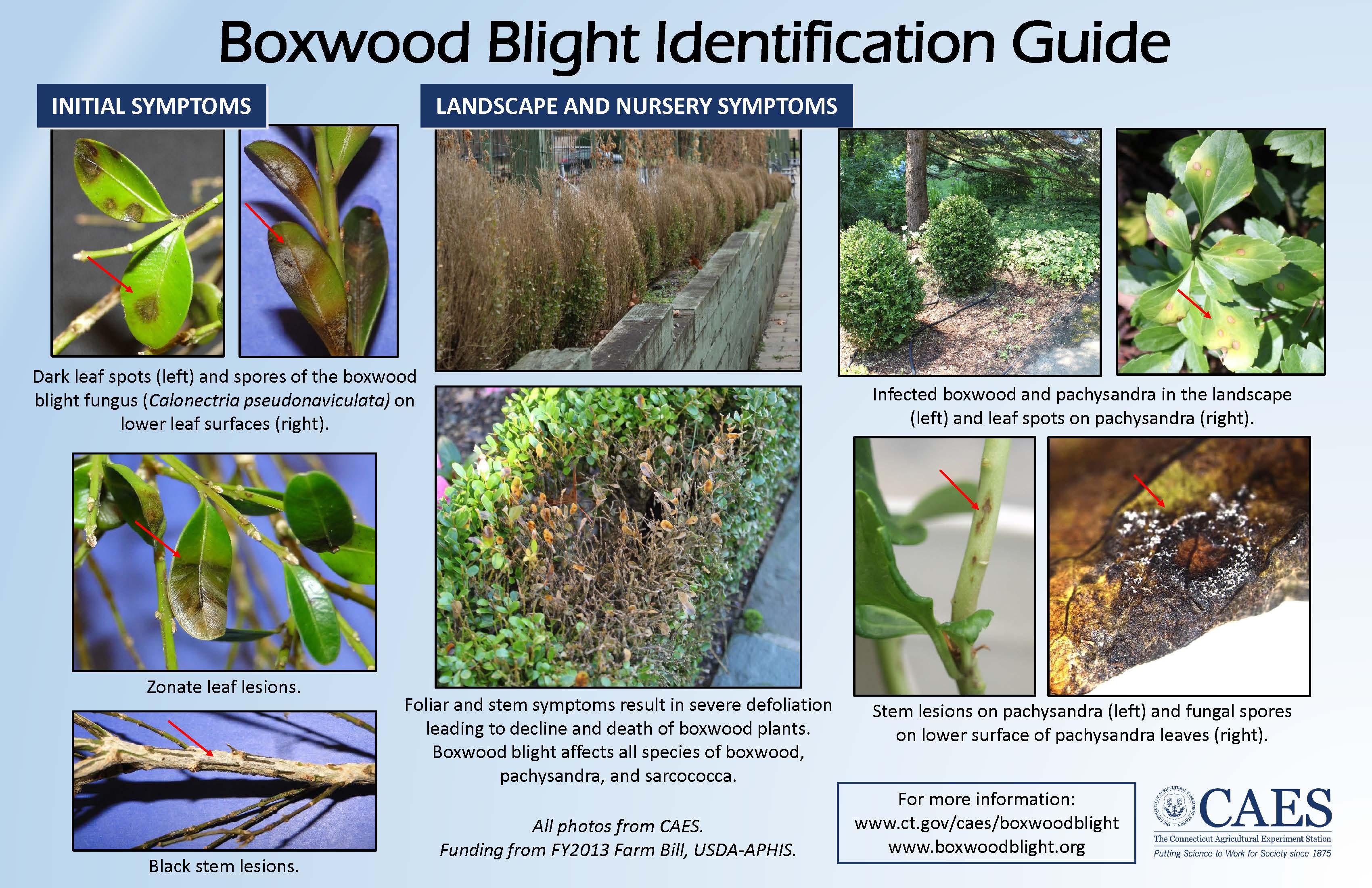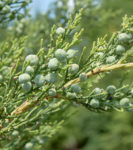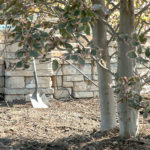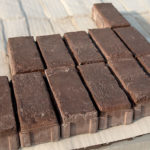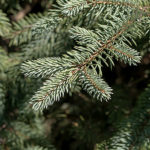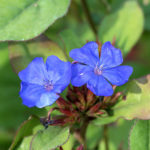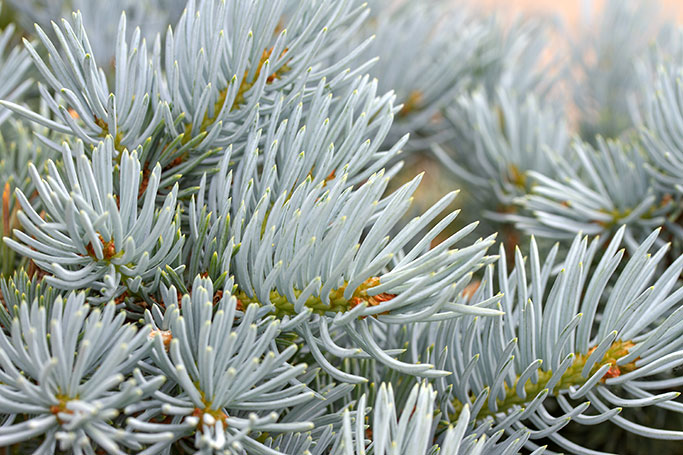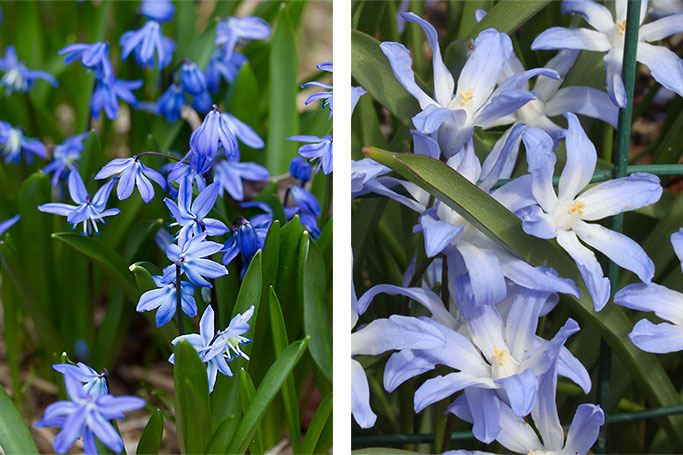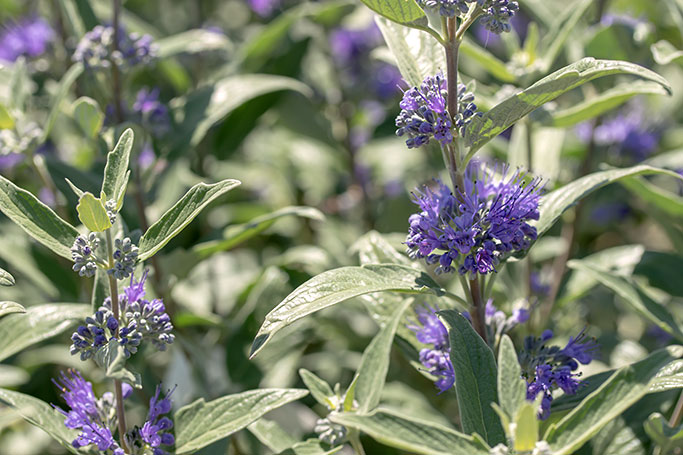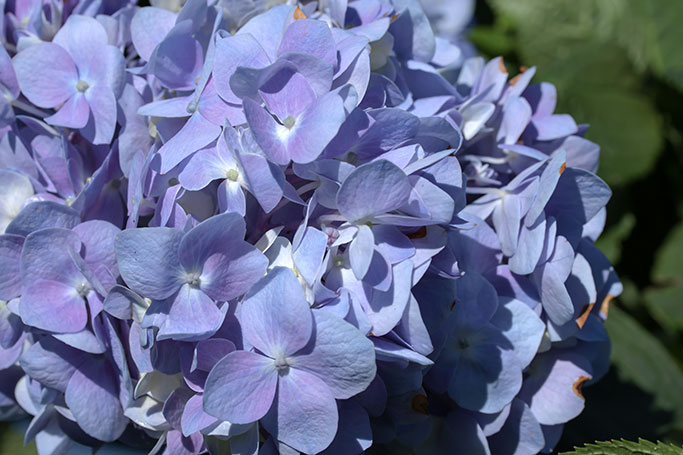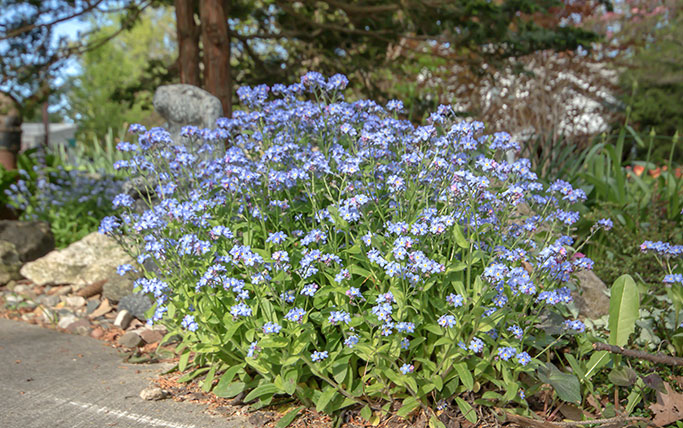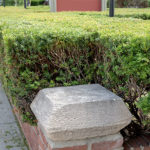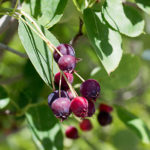...when it comes to landscape lighting.
Remember a few years back when the “New Math” technique was introduced to classrooms? I don’t know if it’s pursued any more, and I hope it isn’t, because it was a LOT of unnecessary steps to get to a bottom line when the old way was much more efficient, in my opinion.
Now let’s talk some “New Math” with lighting. To get optimal performance from halogen and incandescent systems, here’s some “Old Math” formulas you either have to have memorized, have a cheat sheet, or use a manufacturer's system calculator. You do this in order to figure out EXACTLY what voltage tap to use on a transformer to reach that sweet spot between 10.8 and 12 Volts per fixture, using the HUB connection method:
First calculation: Watts / Volts = Amps
Then: Amps x Distance x (2 x Resistance per Foot) = Voltage Drop
Oh, wait, you'll need this in order to get that last variable (Resistance per Foot):
- 12 gauge wire: .00162
- 10 gauge wire: .00108
- 8 gauge wire: .00064
So, if you have five 20 watt halogen fixtures going 100 feet and using 12 gauge wire:
- 5 x 20 (total watts) / 12 (volts) = 8.3 (amps) then
- 8.3 (amps) x 100 (feet) x [2 x .00162 (R/F)] = 2.68 (voltage drop)
So the transformer needed for halogen or incandescent lighting, you would either have to use the 15 Volt tap, or remove 1 fixture from wire. 10 gauge wasn’t too bad to work with, but 8 gauge was a nightmare. Most contractors would have cheater formulas in their heads, such as if a run was 100’ or less, then you would use 12-2 wire, or if it was longer, use 10-2 wire. You get the idea.
Now that we got through “Old Math”, here’s “New Math” when using LEDs. DID YOU KNOW that an LED’s “sweet spot” isn’t between 10.8 and 12 volts? Instead, it’s between 8 and 24 volts per fixture, which means there’s a LOT of wiggle room! LED lamps have a far less draw on wattage as compared to their halogen & incandescent cousins, and will have equivalent or superior lumen output.
Quick example: Depending on the manufacturer, a standard JC20 LED lamp running between 2-3 watts has an output between 200 and 250 lumens - equal to or better than a 20 watt halogen that will likely max out at 200. Less draw = less resistance on a wire run. Less resistance = lesser gauge wire. This also means that you don’t need all those taps in a transformer, which normally means the transformer costs less. One tap should more than cover any run you have using 14-2 gauge wire. If you’re doing wire runs longer than 150’, you can always play it safe and bump up to a 12-2 gauge wire and that will solve the issue.
In conclusion, at least in my twisted opinion, when installing/designing a lighting system, the “Old Math” halogen methods are near obsolete as compared to LED’s “New Math”, meaning that it isn’t really necessary any more, due to advances in modern technology, and it will only improve from here. “New Math” outside of the landscape lighting world however… I can figure out 12 x 10 in my head instead of writing out a 12 part equation.

